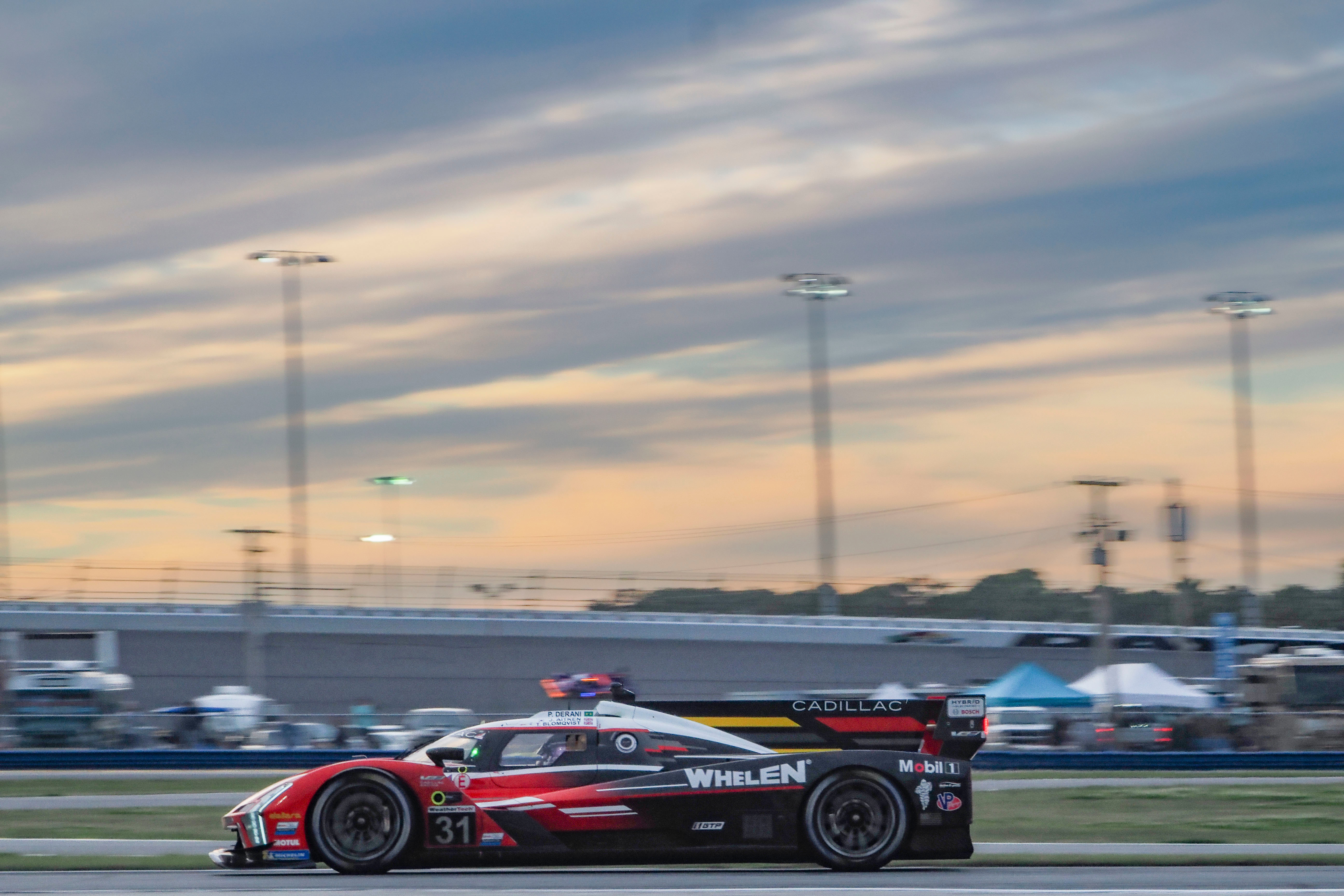Endurance racing is a true test of a driver's skill, stamina, and resilience. Unlike short sprints, these races can last several hours, demanding not only peak physical and mental performance but also meticulous hydration strategies. In this blog post, we'll explore the importance of hydration planning, provide examples from notable endurance racing events, and share practical tips for staying hydrated during these grueling competitions.
The Importance of Hydration Planning
Hydration is critical in endurance racing for several reasons. Extended periods in the car, combined with high temperatures and intense physical exertion, can lead to significant fluid loss. Dehydration not only impairs physical performance but also affects mental clarity, reaction times, and overall safety.
Performance: Proper hydration helps maintain endurance, strength, and coordination. Dehydrated drivers can experience muscle cramps, fatigue, and slower reflexes, all of which can compromise their ability to handle the car effectively.
Cognitive Function: Endurance races require constant focus and quick decision-making. Even mild dehydration can impair cognitive functions, making it harder to concentrate and increasing the likelihood of errors.
Safety: Maintaining an optimal hydration level is essential for safety. Dehydration can lead to dizziness, confusion, and in extreme cases, heatstroke, all of which pose significant risks on the track.
Hydration Strategies from Endurance Racing Events
Endurance racing events such as the 24 Hours of Le Mans, the Rolex 24 at Daytona, and the Nürburgring 24 Hours highlight the critical importance of hydration planning. In these grueling races, teams and drivers recognize that proper hydration is essential for peak performance and safety, making the FluidLogic in-vehicle hydration system a game changer. With drivers spending hours in the car, battling fatigue, and navigating through the night, it's no wonder that a hands-free, hassle-free system like FluidLogic is becoming increasingly popular in the GTP and sports car classes.

Tips for Staying Hydrated During Endurance Races
To stay hydrated during endurance races, drivers and teams can follow these practical tips:
Pre-race Hydration: Begin hydrating well before the race. Consuming water and electrolyte-rich fluids in the days leading up to the race helps build a hydration reserve.
In-car Hydration Systems: Utilize in-car hydration systems, such as FluidLogic hydration systems, that allow drivers to drink fluids easily while driving. These systems are designed to provide a steady supply of fluids without distracting the driver.
Regular Hydration Intervals: Establish regular hydration intervals based on the driver's stint duration. Drinking small amounts consistently is more effective than consuming large quantities sporadically.
Monitor Hydration Levels: Use wearable hydration monitors to track fluid levels and adjust intake as needed. These devices provide real-time data on hydration status, allowing teams to make informed decisions.
Post-race Recovery: Hydration doesn't end when the race does. Post-race hydration is crucial for recovery. Continue to consume fluids and electrolytes to replenish lost fluids and aid in recovery.
In conclusion, effective hydration strategies are essential for success in endurance racing. By planning ahead, utilizing FluidLogic active hydration systems, and following best practices, drivers can maintain peak performance, enhance safety, and achieve their best results on the track. As endurance racing continues to push the limits of human and machine, staying hydrated remains a critical factor in crossing the finish line.


